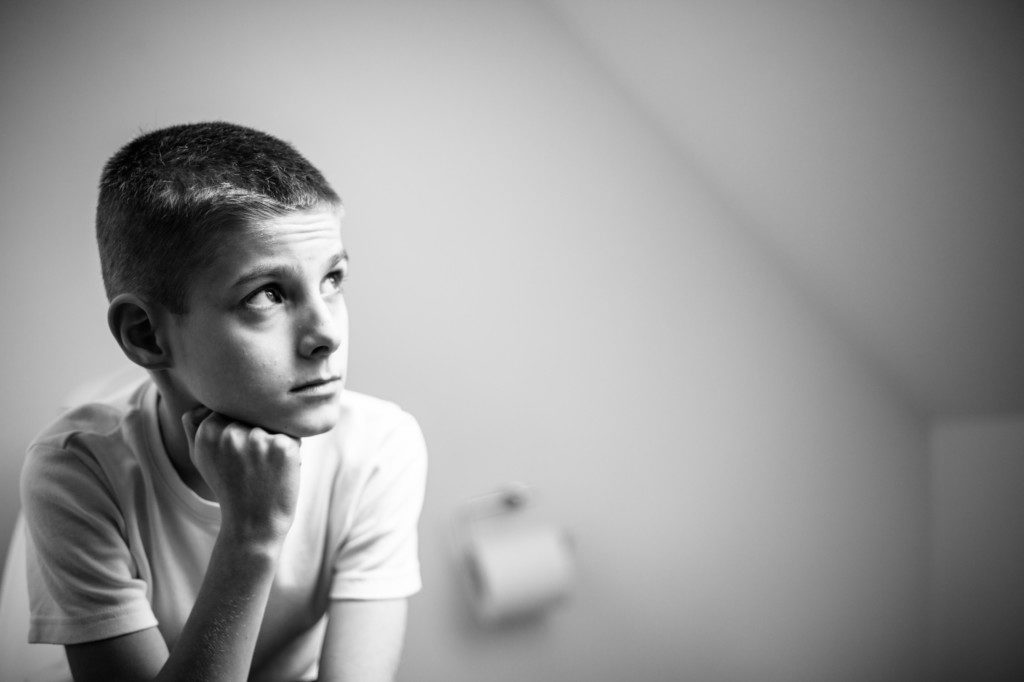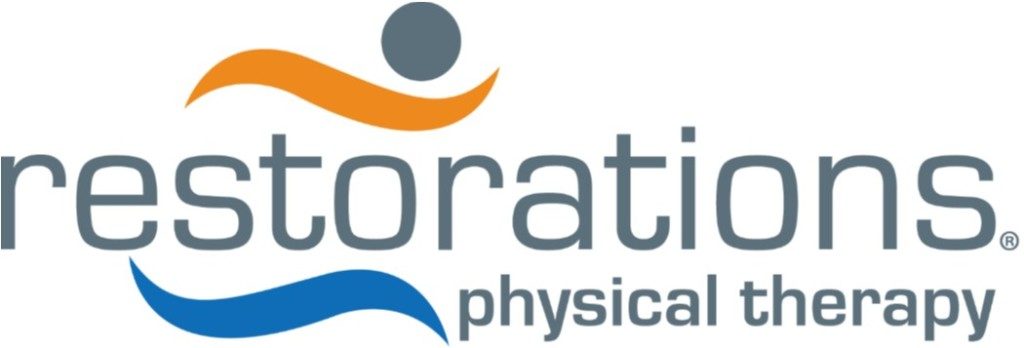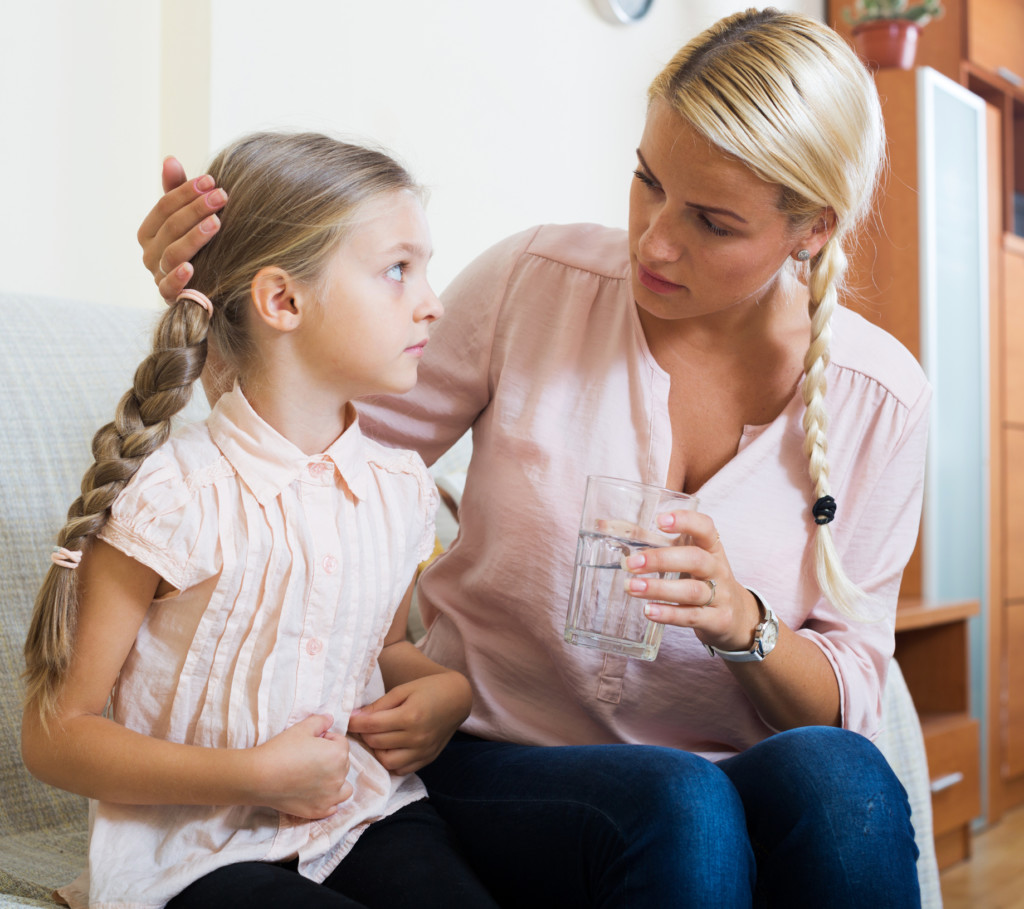Physical Therapy is a well-known rehabilitation service that is often prescribed for children with common conditions such as developmental delays, gross motor skill deficits, toe walking, neurological disorders (cerebral palsy, traumatic brain injury, etc.), torticollis, genetic conditions (down syndrome, muscular dystrophy, etc.), hypotonia, and sports/play- related injuries. In recent years, physical therapy–specifically pediatric pelvic physical therapy–is becoming a more popular intervention for seemingly “unconventional” yet actually common conditions such as constipation, urinary or bowel accidents, and pain.

What is Pedi-Pelvic Rehabilitation?
Pediatric pelvic physical therapy uses unique physical therapy techniques to treat disorders that involve the pelvis and pelvic floor muscles which can cause bladder/bowel voiding dysfunctions and pain. Common conditions that are treated with pediatric pelvic physical therapy include: urinary incontinence, incomplete bladder emptying, enuresis (night-time bedwetting), fecal incontinence, constipation, encopresis (fecal accidents due to constipation), dyssynergic (uncoordinated) defecation, imperforate anus, Hirschsprung Disease, coccydynia (tailbone pain), and abdominal/groin pain to name a few. Specifically, this type of physical therapy will look at the muscles of the pelvic girdle (including pelvic floor muscles) to determine if they are weak, tight, painful, or have the proper coordination associated with normal bowel and bladder functioning.

You might ask how constipation can be treated with physical therapy or how constipation causes bowel accidents in children. What about belly, bottom, or back pain? Bedwetting or other urinary/fecal accidents can also be addressed with pediatric pelvic PT.

Treatment techniques may include pelvic floor relaxation and/or strengthening exercises, core muscle & breathing coordination exercises, manual techniques for trigger points or myofascial restrictions, behavioral training on toilet habits/hygiene/hydration, coordination training of the pelvic floor and pelvic girdle musculature, occasional use of modalities for pain control, and external biofeedback/e-stim. Pelvic floor PT with biofeedback can retrain the pelvic floor muscles to contract, relax, and bulge or “push” —techniques that are necessary to have normal bowel and bladder functioning with no accidents.

Where to go for Pediatric Pelvic Physical Therapy
Pediatric Pelvic Physical Therapy is a specialized niche of physical therapy that should be performed by someone with extensive training and experience treating disorders of the pelvic girdle in children. An advanced certification is not required to practice but is often times preferred.
Amanda Moe has specialized in pelvic health PT exclusively since 2012 and is highly passionate about pelvic health in children. Amanda earned her Pelvic Rehabilitation Practitioner Certification (PRPC) to distinguish herself as a highly qualified and specialized practitioner in the field of pelvic health in 2015 and was published in the Journal of Pediatrics in 2017 for her work in the field of Pediatric Pelvic Physical Therapy.
For more information on how to schedule an evaluation to see if your child would benefit from Pediatric Pelvic Physical Therapy, please contact Restorations Physical Therapy at 412-206-9202. Restorations Physical Therapy is located in Upper St. Clair at 2600 Old Washington Rd. For more information, call or visit www.RestorationsPT.com.
















